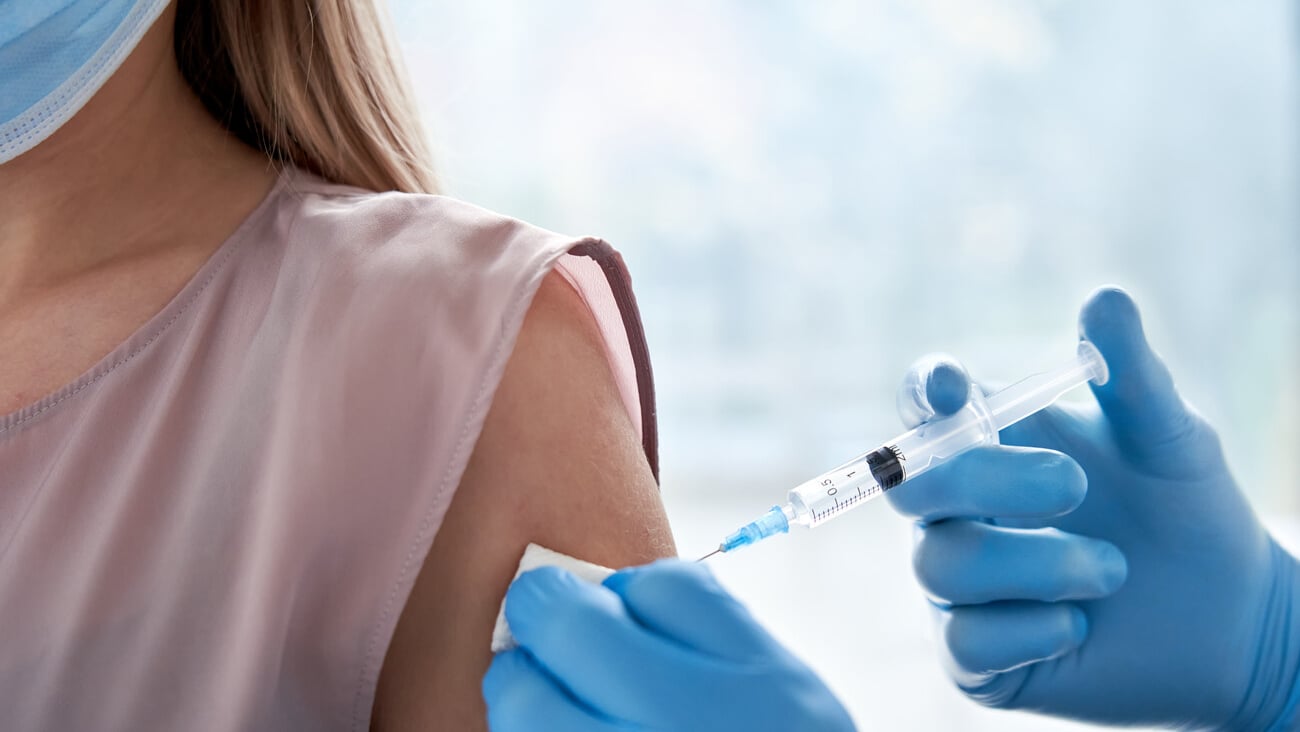Sustainable practices
When they have healthcare needs, a majority of Americans (58%) first seek care and counsel at their local pharmacy. As the reliance on pharmacies as healthcare hubs increases, so does the stress on pharmacists and pharmacy technicians.
In addition to their duties, pharmacies are pivotal in fostering sustainable communities by integrating environmentally responsible practices into their operations. This proactive approach helps create a more sustainable future by reducing pollution, conserving resources and encouraging environmental stewardship.
Fortunately, there are easy ways pharmacy teams can safe-guard patients and the environment without adding to their workload. Pharmacists and pharmacy staff can promote the use of eco-friendly packaging. They can implement proper disposal practices for unused or expired medications and minimize paper usage to promote environmental sustainability.
More sustainable packaging options are a simple swap that benefits the environment. Pharmacists and pharmacy buyers should look for products that utilize compostable or biodegradable materials in place of plastics-based packaging.
Additionally, packaging that does double duty—such as bundling pen needles with a sharps container—makes it easy for pharmacists and their patients to choose a more environmentally responsible option. Multi-purpose medical packaging reduces the need for multiple single-use packages, thereby cutting down on waste and resource consumption.
Patients often consider convenience and medication availability when they analyze pharmacies. However, pharmacy teams don’t just provide medications, they are often tasked with advising on the safety of medical items as well.
Take, for example, pen needles. Many medical conditions, such as diabetes, require the use of pen needles, which are often prescribed in boxes of 100. Without a focus on the full life cycle of these products, however, the used needles often end up being flushed down the toilet, stored in the back of a closet or even returned to pharmacies in unsafe containers like plastic bags.
Pharmacists can instead choose to fi ll a patient’s prescription with a brand of pen needles that is packaged with an FDA-cleared sharps container. Patients are also receiving a convenient way to safeguard their families and keep medical waste out of the environment.
The proper storage and disposal of medications and medical items is a critical piece of health and safety for patients and for communities. When your pharmacy o ers a secure medication disposal box in a pharmacy location, it not only helps protect patients and the environment, but it prevents patients attempting to return medications to the pharmacy.
Cutting down on paper medication education materials is another way to help the environment. It saves staff time, but it can also save considerable costs as well. Patients can choose from a variety of options to receive their medication education documents, including email, text, online patient portal, and pharmacy teams no longer need to spend time printing those items.
Going paperless helps reduce deforestation and keeps unwanted paper out of landfills. Additionally, patients have unlimited access to their digital files any time they need to refer to medication instructions or have a question.
It’s time we recognize the important role pharmacies play in our communities. By integrating these practices into their daily routines, pharmacists support both individual health outcomes and broader environmental conservation efforts.




